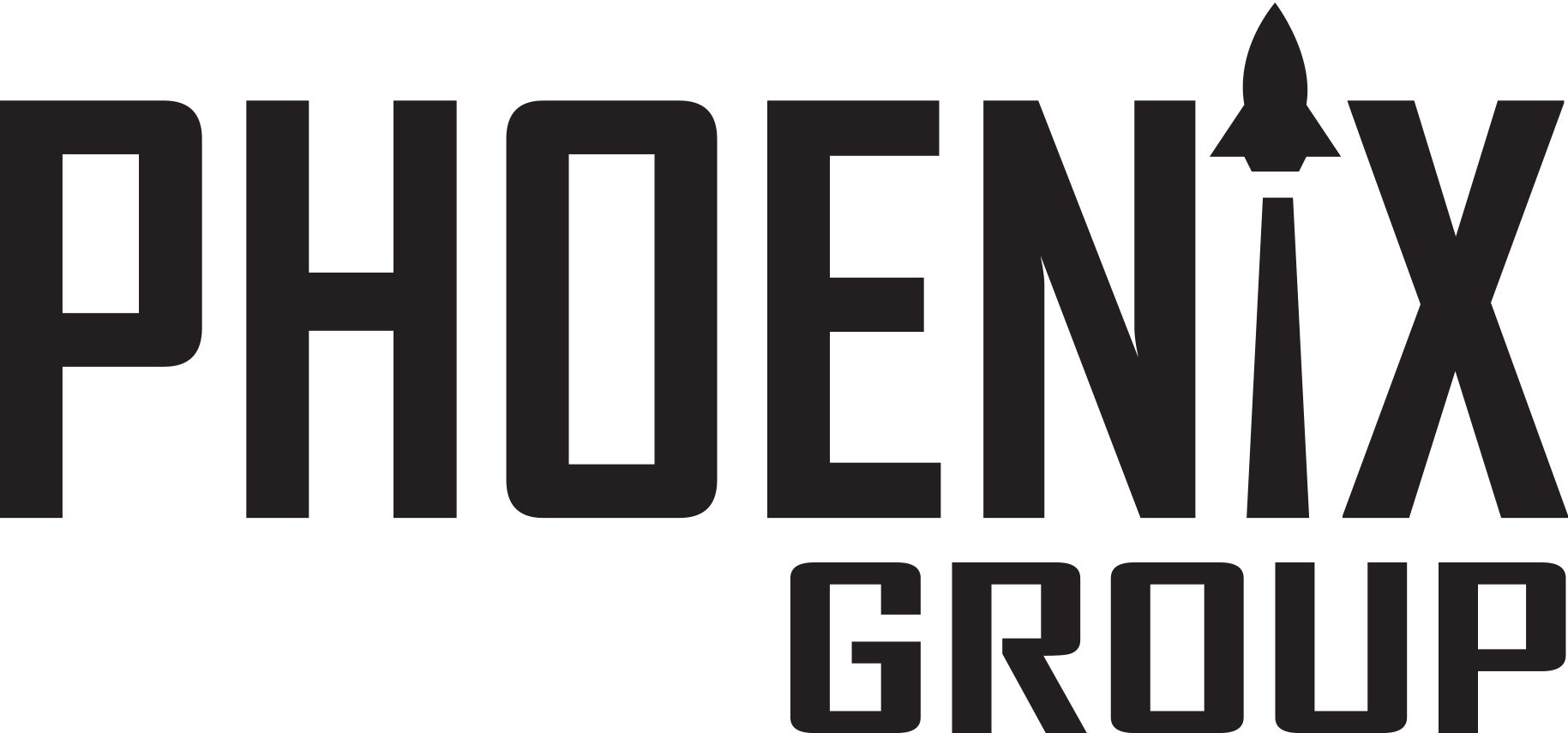How RF Shielding Enhances Product Reliability and Compliance

Radio Frequency (RF) shielding is more than a technical add‑on—it’s an essential link between product integrity and regulatory compliance. In today’s wireless world, devices from smartphones to medical equipment rely on consistent RF performance. Shielding ensures those devices function flawlessly, comply with global standards, and avoid potentially costly failures.
The Critical Role of RF Shielding
RF shielding uses conductive or magnetic materials—such as copper, aluminum, steel, or metallized fabrics—to block or absorb unwanted electromagnetic signals. These shields serve two vital purposes:
- Protect devices from external interference: RF signals—from power lines, neighboring electronics, or even cosmic activity—can corrupt sensitive components and degrade data. A well‑designed shield prevents these external signals from entering the device and disrupting its operation.
- Prevent devices from emitting excessive interference: Emitted RF can disrupt other systems—like medical instruments, communication channels, or critical infrastructure. Shielding helps contain emissions, ensuring devices stay within safe regulatory limits.
Well‑implemented shielding transforms a device into a robust, reliable system that performs predictably—whether in crowded office spaces, industrial environments, or mission-critical applications.
Improving Reliability and Simplifying Compliance
Interference can cause dropped connections, data errors, or system failures—outcomes unacceptable in industries like automotive, healthcare, or aerospace. RF shielding helps products pass EMC (Electromagnetic Compatibility) testing—which measures both emissions and immunity—a requirement for certifications such as FCC, CE, and MIL‑STD‑461. Without proper shielding, devices risk costly compliance failures, recalls, or reputational damage.
Why Installation Matters
Even the best shielding materials are ineffective without proper installation. A shield's success hinges on meticulous assembly:
- Seam-tight panels: Any gaps or misaligned panels can act as RF “leaks,” compromising performance.
- Secure grounding: Effective grounding prevents stray currents and maintains electrical safety. Incorrect grounding can lead to performance issues or safety hazards.
- Attention to feed‑throughs and cables: Penetrations for power and data must use specialized filters, gaskets, or waveguides to preserve shielding integrity.
A superior shield installation is more than a bold design—it’s a precision-engineered structure built to exact tolerances.
Driving Cost Savings and Brand Trust
Robust RF shielding and installation not only ensure compliance—they also yield long-term benefits:
- Fewer product returns or warranty claims
- Reduced need for costly rework or redesign
- Stronger reputations for reliability and safety
These qualities are especially valuable in markets like medical devices, connected vehicles, and aerospace—where performance and trust are non-negotiable.
At Phoenix Group, RF shielding isn’t just our product—it’s our expertise. From material selection to field installation, our solutions ensure compliance, reliability, and performance that stands up in any environment. Because we know it’s not only what we build, but how we build it.
Sources
- Keysight Technologies – “Electromagnetic Interference and Compatibility Basics”
- EMC Standards (IEC, FCC, MIL-STD-461) and application notes
- EMI Shielding Best Practices – Tech-Etch Inc. and Molex White Papers
Tags: RF Shielding, EMC Testing, RF Compliance, EMI Solutions, Product Reliability, Shielding Installation, RF Chambers, Phoenix Group




